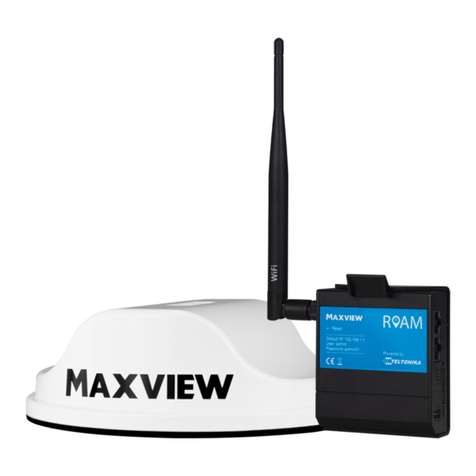2
2
TABLE OF CONTENTS
Teltonika WirelessCOM/G10.............................................................................................................. 1
User’s Manual 4.0.1............................................................................................................................. 1
TABLE OF CONTENTS .................................................................................................................... 2
1. ATTENTION............................................................................................................................... 3
2. SAFETY MEASURES................................................................................................................ 4
3. BASIC INFORMATION ............................................................................................................ 5
3.1 About this document.................................................................................................................. 5
3.2 Legal Notice .............................................................................................................................. 5
3.3 Contacts ..................................................................................................................................... 5
3.4 Acronyms................................................................................................................................... 5
4. PACKAGE CONTENTS ............................................................................................................ 6
5. FEATURES................................................................................................................................. 7
6. INTRODUCTION....................................................................................................................... 8
6.1 Wired Solution........................................................................................................................... 9
6.2 Wireless solution using WirelessCom/G10............................................................................. 10
7. CONFIGURATION .................................................................................................................. 11
7.1 Preparing WirelessCOM/G10 configuration........................................................................... 11
7.2 PC setup................................................................................................................................... 11
7.3 Entering into configuration mode............................................................................................ 12
7.4 Command set ........................................................................................................................... 12
7.5 Configuration parameters ........................................................................................................ 15
7.6 Configuration through GPRS and CSD................................................................................... 18
7.7 Configuration through SMS .................................................................................................... 19
7.8 SMS details.............................................................................................................................. 20
7.8 SMS formats............................................................................................................................ 21
8. TECHNICAL SPECIFICATION.............................................................................................. 23
8.1 General..................................................................................................................................... 23
8.2 LED indications....................................................................................................................... 23
8.3 Operating parameters............................................................................................................... 24
8.4 Mechanical characteristics....................................................................................................... 24
8.5 Version numbering .................................................................................................................. 25
8.4 WirelessCom/G10 customization............................................................................................ 25
9. ENDING.................................................................................................................................... 26
APPENDIX I ..................................................................................................................................... 27
APPENDIX II.................................................................................................................................... 29




























